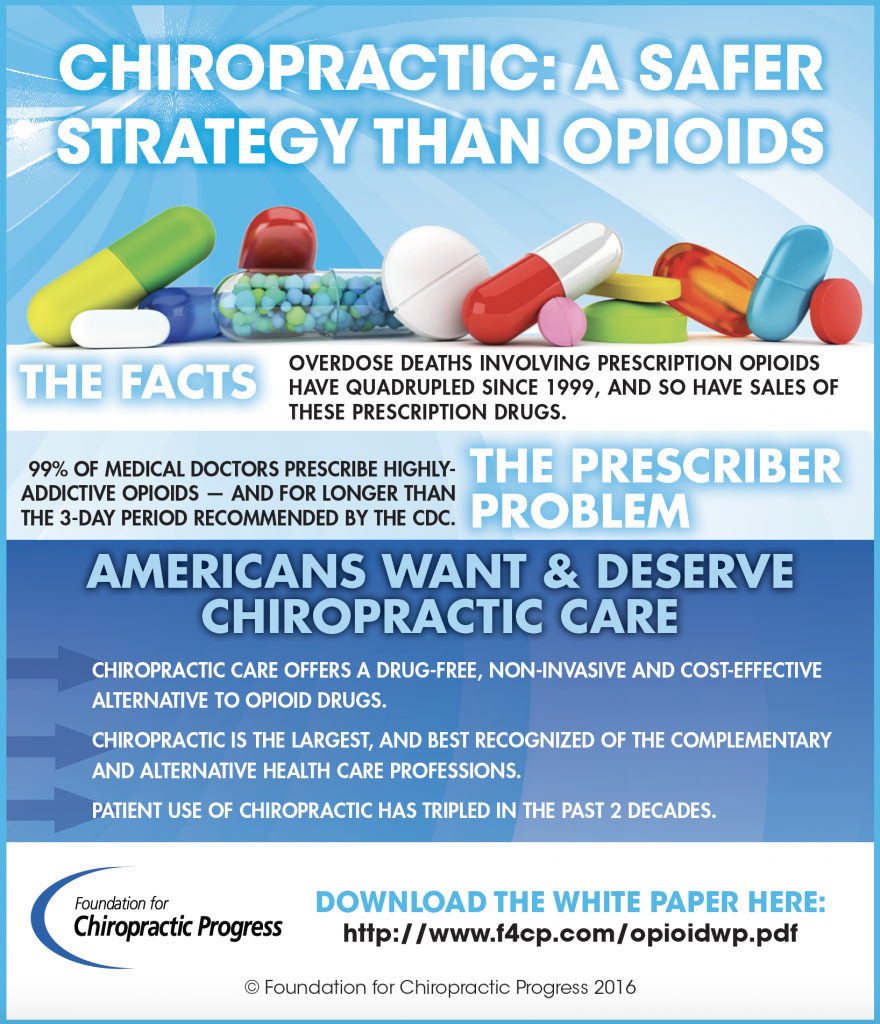As you explore the world of cold laser therapy, you'll uncover a world of opportunities for pain alleviation that is both appealing and reliable. The innovative technique of making use of light to attend to different disorders may just be the secret to unlocking a new degree of convenience and recovery for you. So, why not uncover just how this non-invasive therapy is improving the landscape of discomfort management and offering want to those looking for all-natural treatments for their pain?
Understanding Cold Laser Therapy
To understand cold laser treatment, you should comprehend the essential concepts behind this non-invasive treatment method. laser therapy fo , likewise referred to as low-level laser treatment (LLLT), utilizes certain wavelengths of light to connect with cells. The light energy permeates the skin and is soaked up by cells, activating a collection of biological reactions. These reactions aid advertise recovery, lower swelling, and minimize pain.
The essential to recognizing cold laser therapy depends on its capability to promote mobile function. When the light power is taken in by cells, it boosts their metabolic process and speeds up the manufacturing of ATP, the energy resource for cells. This increase in mobile task can bring about boosted blood circulation, tissue repair work, and pain relief.
Conveniences of Cold Laser Therapy
Utilizing particular wavelengths of light, cold laser therapy provides a range of benefits for discomfort alleviation and healing. Among the crucial advantages of cold laser therapy is its non-invasive nature. Unlike procedures, cold laser treatment doesn't require lacerations, making it a more secure and much more comfy alternative for numerous individuals.
Additionally, cold laser treatment is understood for its capacity to minimize inflammation. By targeting inflamed areas with focused light power, the treatment assists to reduce swelling and advertise quicker recovery.
In addition, cold laser treatment is a popular option as a result of its very little negative effects. Unlike cool laser therapy that can create adverse responses, cold laser therapy is mild on the body and commonly well-tolerated. This makes it an appropriate alternative for individuals looking for a natural and low-risk discomfort alleviation option.
An additional substantial benefit is the quick recovery time related to cold laser therapy. Since the therapy promotes the body's all-natural healing processes, clients commonly experience fast enhancements in their problem without the need for prolonged downtime.
Conditions Treated With Cold Laser
Cold laser treatment successfully deals with a range of conditions ranging from musculoskeletal injuries to chronic discomfort. For musculoskeletal injuries like strains, pressures, and tendonitis, cold laser therapy can help in reducing swelling, ease pain, and promote tissue fixing. It's also helpful for dealing with arthritis by reducing joint pain and rigidity.
Additionally, cold laser treatment can aid in accelerating the recovery procedure for wounds and injuries by boosting blood circulation and advertising cell regrowth.
Persistent discomfort conditions such as fibromyalgia, neuropathy, and reduced pain in the back can additionally be properly managed with cold laser therapy. The treatment works by targeting the resource of discomfort and activating a biochemical waterfall that minimizes discomfort sensitivity and swelling.
Moreover, problems like repetitive strain injury, TMJ conditions, and plantar fasciitis can gain from the pain-relieving and anti-inflammatory results of cold laser treatment.
Conclusion
In conclusion, cold laser treatment is a safe, efficient, and non-invasive treatment option for discomfort alleviation.
With its ability to promote recovery, lower inflammation, and alleviate pain, this cutting-edge therapy supplies a natural and low-risk alternative to operations.
Whether you're managing persistent pain, sports injuries, or arthritis, cold laser treatment can provide relief and boost your quality of life without the need for intrusive treatments.
